Innovation that's not
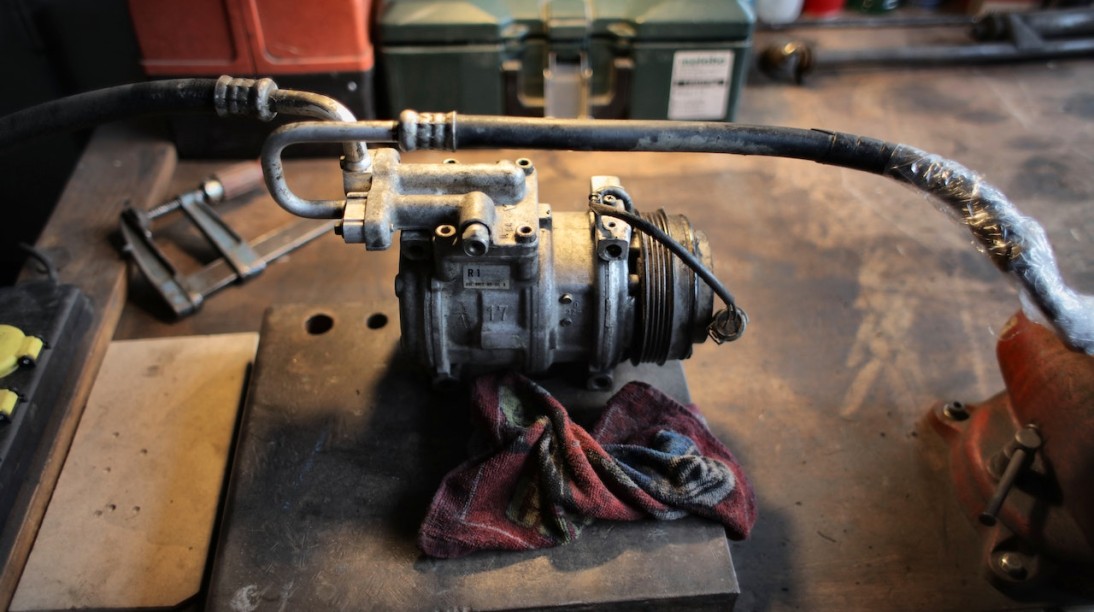
Bikinis and batteries
Are we the cleverest and most creative generation in history or can we learn a thing or two from our ancestors? I think the latter. It’s all been done before. Here are a few old ideas we thought were new.

1 Hendrix and Byrd instrument bending
In Sixties’ London, Jimi Hendrix took us to another emotional place with Voodoo Chile, but mind-bending psychedelia resides way back in the nooks and crannies of England’s musical history. Renaissance Londoner William Byrd’s The Bells, for harpsicord, has the same transcendental complexity. It sets out to replicate the multiplicity of pealing church bells. It’s so fast and seemingly impossible that the player – like Hendrix – seems to be under some kind of supernatural influence. There’s no wah-wah pedal.
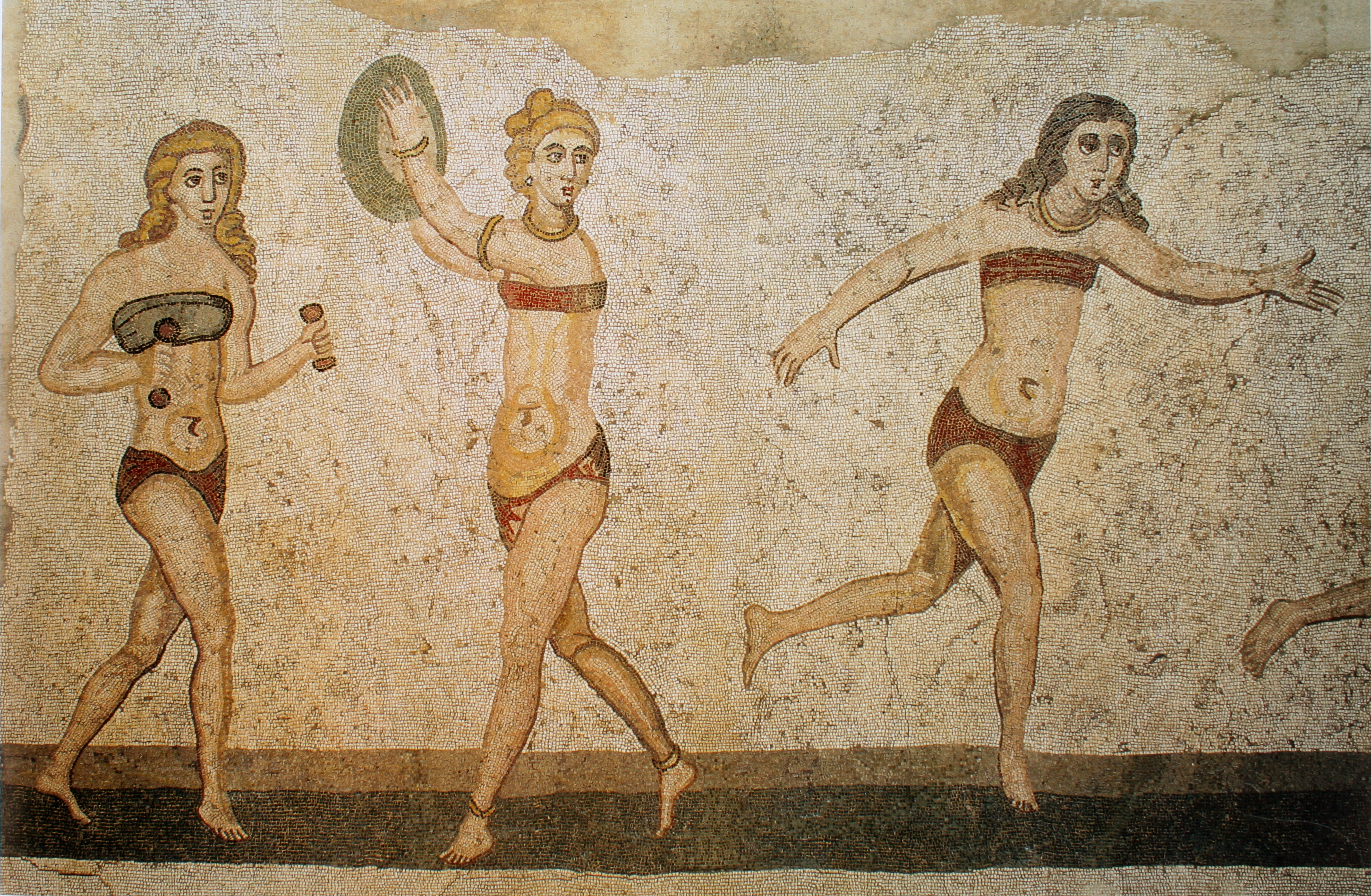
2 Roman bikini
Clothing doesn’t get more out there than the bikini. This outfit would have been heretical in Byrd’s day, but was thriving way before he began to tweet. A scene showing female figures in bikinis features in a 4th-century Roman mosaic in Sicily’s Villa Romana del Casale. It could be a beach-volleyball court. The Bikini Girls are playing sports, including discus.
The mosaic bikinis look a bit rudimentary; modern elastane has transformed performance to allow free movement and is water-friendly. Sewing machines and stretch may have improved fit, but it’s anyone’s guess who has the sartorial edge. Norma Kamali’s studded bikini (£625) has more hardware on it than a Roman hoard.

3 Dodgy dossiers from bygone times
From trivial cover-ups to the deadly serious, rulers have always sought to disguise their poor judgment or to boost credibility.
Nobody knows how many Britons died in India in the Black Hole of Calcutta. Some say 125 people perished in the 40-degree heat of 1756. Later researchers claim the number imprisoned was 64 or 69.
The then small British colony had been beefing up Fort William to protect Calcutta (modern-day Kolkata), and the East India Company’s trading interests, from the French. The British, expecting war, disregarded the ruling Indian dynasty’s objections to the militarisation of the fort.
Siraj-ud-Daulah, the young Newab (king), ordered his massive force to take on the British. It was no contest. The Newab’s army captured the garrison and herded their prisoners into a tiny lock-up already known as the Black Hole.
After the event, there was no climbing down by the incensed British despite their incompetence. Retaliation could be morally justified. In January 1757, whipped up by the story, Britain took back Calcutta and went on to colonise India. Siraj-ud-Daulah was executed. He claimed to be unaware of the atrocity.
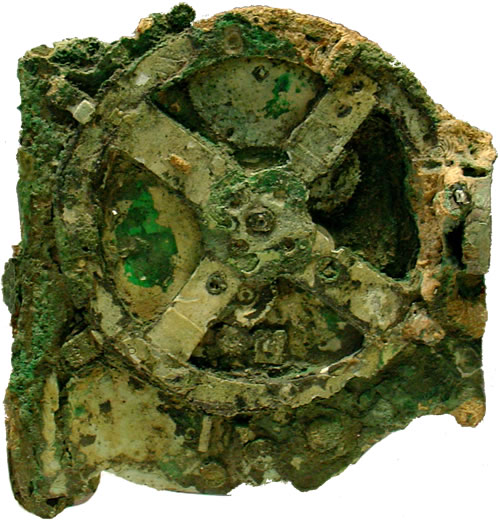
4 Ancient maritime computer
From the depths of inhumanity to the depths of the sea. What’s thought to be the earliest analogue computer was pulled from the wreck of a Roman cargo ship off the Greek island of Antikythera. It’s known as the Antikythera mechanism. At first it was dismissed as being too advanced to be an antiquity. It’s now believed to be from the Hellenistic period – late in the 2nd century BC – and was fished up by sponge divers around 1900.
Later scholars suggested it was an astronomical clock. It has more than 30 meshing bronze gears and is thought to have been invented for maritime navigation. Subsequently, it has revealed more and more complexity.
Nobody knows where it came from. There’s a possibility of it being Babylonian or linked to Syracuse, the home of Archimedes; or from the ancient library of Pergamum. Probably looted, it was travelling from Rhodes to Rome in a sealed wooden box. Nothing comparable has turned up since.
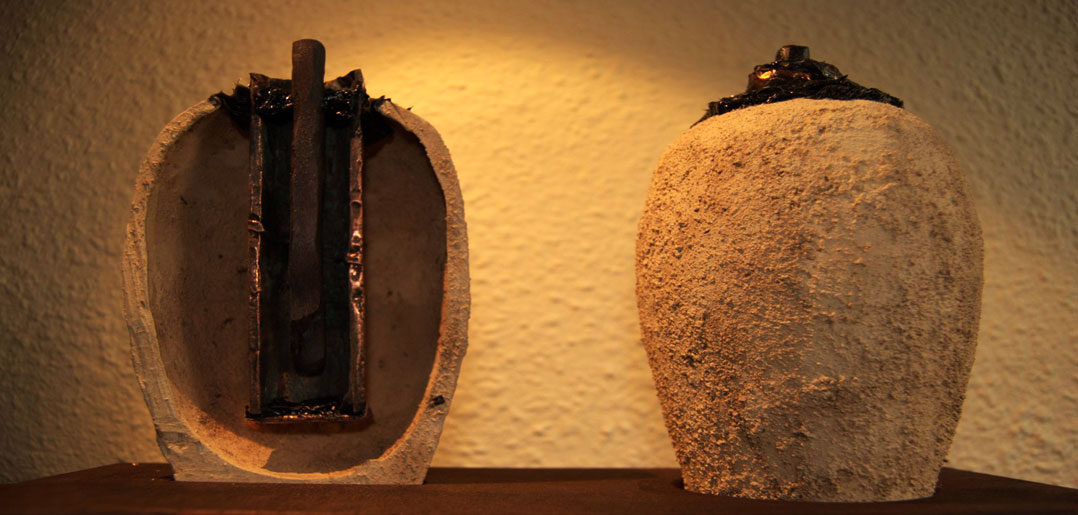
5 Other things the very clever Babylonians did
The Babylonians may have made the Antikythera mechanism and also had a go at inventing the battery. An oval-shaped clay jar, a copper tube, iron rod and asphalt were found together in 1936, 60 miles south of Baghdad around the site of ancient Babylon.
Known as the Baghdad Battery, it is thought that when acid such as lemon juice, wine or vinegar was added, it could produce a small charge. Some think it was for electroplating gold and silver, but others say it’s not strong enough at a mere one volt. It could be for scroll storage. It could have contained the instructions.
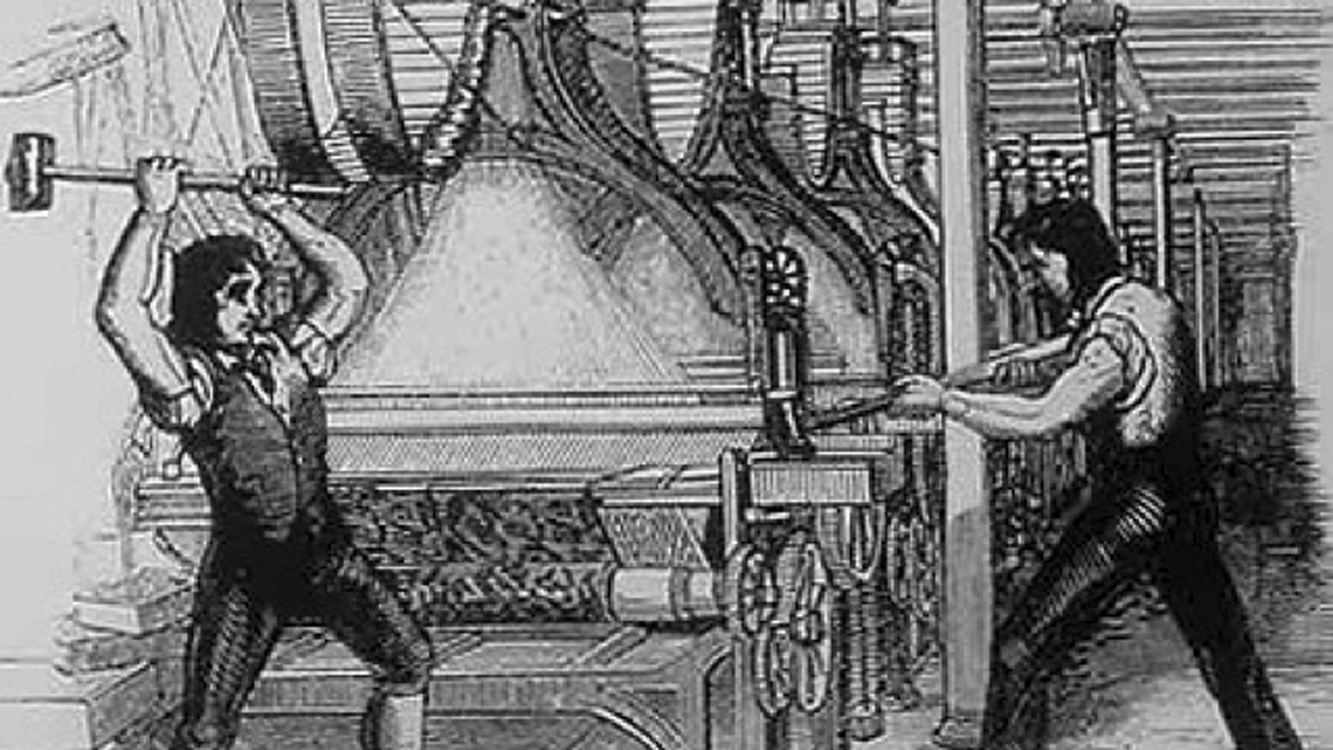
6 Fear of automation taking jobs
Without batteries, there would be no tech and no robots. Mastery of technology holds the key to world prosperity. That’s going to upset people, but what’s new?
The handweaving Luddites of early 19th-century Lancashire feared their trade would be destroyed by mechanised looms. They went on a wrecking rampage. Seventeen rioters were executed in 1813.
The Swing Riots took place in the 1830s in the south of England. Work was scarce as the population expanded. Much of rural society was desperately poor and depended on winter hand-threshing of corn. New threshing machines and haystacks were targeted for revenge attacks. Landowners were threatened with retribution in letters signed by Swing or Captain Swing; a macabre reference to the punishment they faced if captured.
Out of 2,000 rioters caught and put on trial, about 500 were transported to Australia and 19 were executed.
Today, a more humorous plan envisages a robot XI football team with World Cup ambitions. Could this lead to Man United being replaced by Tottenham Botspur?
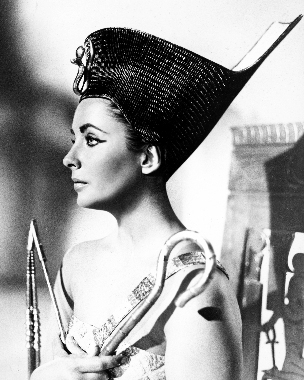
7 Aloe vera then and now
Aloe is grown in practically every hot climate. Its leaves contain a benign jelly-like substance, aloe gel, said to have wide-ranging healing properties. Some suggest it as a cancer therapy, but this is far from proven. It does, however, contain some useful vitamins and minerals.
The plant was grown in antiquity and legend has it was used as a cure-all in Ancient Egypt and Persia. It features in Indian medicine, Ayurveda.
Stories of historic use include Cleopatra (as played by Elizabeth Taylor here) swearing by it as a beauty cream, and Congolese hunters rubbing it all over to mask their smell from prey. It’s also meant to have laxative properties.
Aloe Vera had its first modern flush of success as a burn remedy in 1930s’ America and is widely used to soothe sunburn today.





